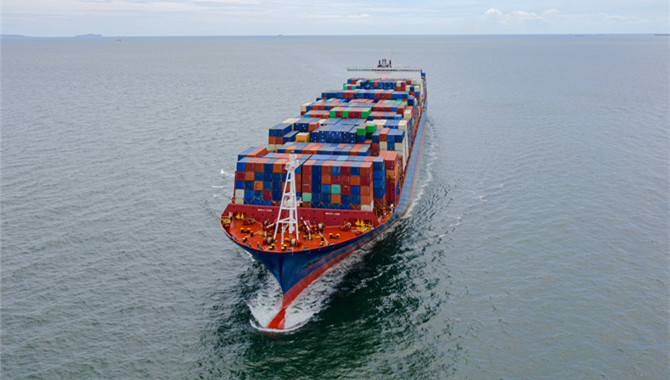
A ballast water treatment system (BWTS) retrofit is not plain sailing. And proper planning with a trusted and reliable supplier onboard is essential to navigate technical, logistical and regulatory hurdles to achieve compliance, says Optimarin.
As well as detailed planning, drydock capacity must usually be secured ahead of time for a BWTS retrofit that typically has an engineering lead time of six months prior to installation. As an alternative, it is also possible to carry out the installation afloat if docking space is hard to come by. Several of Optimarin’s customers have already done installations while sailing, with great success.
The first stage is to determine the right BWTS based on several selection criteria, including the size and type of vessel, classification, sailing pattern, flag state and port authority requirements, followed by procurement of the system.
Then comes the planning stage that entails inspection and site engineering to look at structural, pipe, electrical and other elements, as well as carry out a 3D scan.
This stage also includes design engineering to transfer site data to a digital platform, arrangement of structural plans for piping and outfitting, a bill of material and pre-fabrication drawings, with class approval required for the design.
Commissioning testing
The final stage is installation and commissioning of the BWTS, followed by an initial survey of the operational system to verify compliance with class and regulatory requirements.
Commissioning testing of a newly installed BWTS, which includes sampling and analysis of ballast water, is also required by the IMO to validate that the system functions according to performance standards. Such testing is now mandatory for all ships as of 1 June this year.
This is necessary to gain an International Ballast Water Management Certificate that shows compliance with the IMO’s ballast water management convention set to enter into force in September 2024.
But there are also logistical challenges with BWTS installation partly due to supply chain disruption caused by the Covid-19 pandemic and geopolitical issues that has affected delivery of system components, microchips and parts such as piping and cables.
“There are multiple considerations for a shipowner seeking to install a compliant BWTS in terms of system selection, yard capacity and future reliability to cut maintenance costs in the long run,” says Optimarin chief executive Leiv Kallestad.
“Fast turnaround on installation is also a priority to minimize vessel downtime and disruption to revenue-generating operations.
“Therefore, it is in my view the most important job for the shipowner to secure the necessary competence and capacity to carry out fast and cost-effective retrofits of a proven and reliable BWTS within a tight timeframe.”
Fast-track record
With its fast-track delivery model, Optimarin is able to deliver its flexible, modular BWTS in 6-10 weeks, and can access available drydock capacity at one of partner Newport Shipping’s global network of 15 affiliate yards.
The modular design of the system makes it highly adaptable for installation on different vessel types and deck configurations with limited space.
The company also has a strong track record of expertise in managing the entire process of BWTS installation from initial engineering to final commissioning, based on over 1000 system installations on all types of vessels to date, supported by a global aftersales network.
Furthermore, continuous product development has resulted in a more streamlined system with competitive pricing, while maintaining quality and robustness.
And the proven and reliable system can demonstrate documented compliance with the so-called D2 standard of viable organisms for ballast water discharges as stipulated by the IMO.
“Proactive and effective planning with a reliable BWTS supplier onboard can help the shipowner navigate the challenging route towards compliance to keep its fleet running efficiently in future,” Kallestad says.
The opinions expressed herein are the author's and not necessarily those of The Xinde Marine News.
Please Contact Us at:







